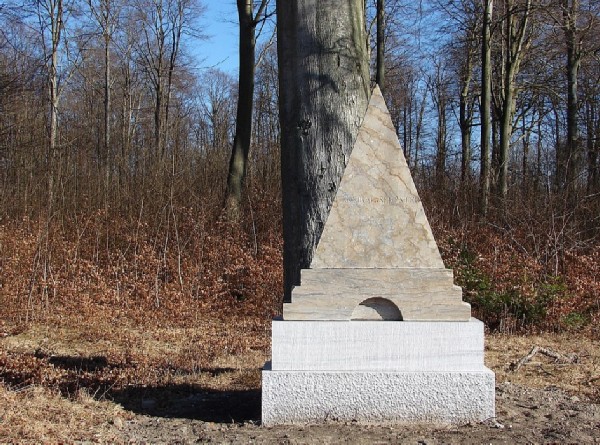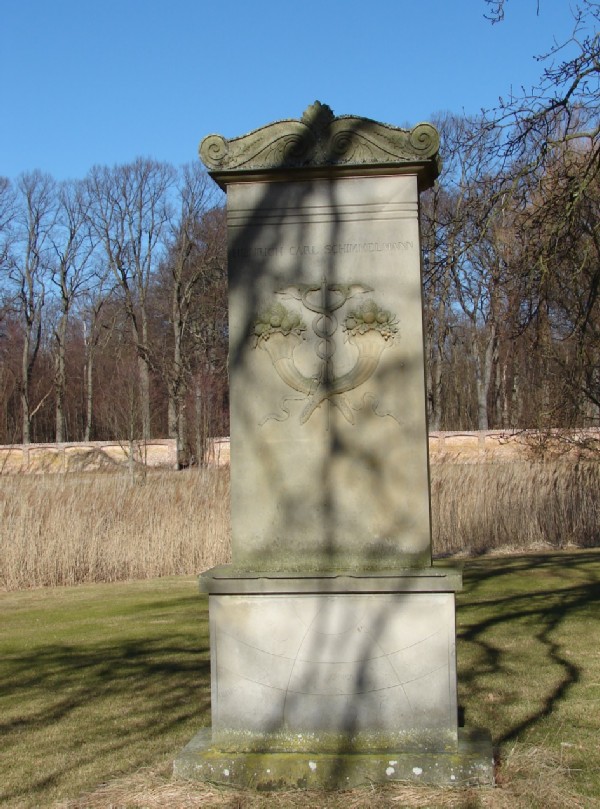Johannes Wiedewelt is a great Danish artist

Great Danish artist who, in his youth, was considered the most fashionable sculptor in Copenhagen, and in his declining years committed suicide
Johannes Wiedewelt (July 1, 1731 – December 17, 1802) was a famous Danish sculptor of the second half of the 18th century, an outstanding representative of neoclassicism. Johannes Wiedevelt is best known for creating tombstones of prominent people of his era, as well as garden sculptural compositions. The best masterpieces of the master’s work still attract millions of tourists to the ancient churches of Denmark, and his biography is an example of a successful career as a great artist.
Johannes Wiedevelt devoted a significant part of his life to teaching and enjoyed great prestige among his colleagues. He was elected director of the Royal Academy of Arts eight times and served as court sculptor to the Danish monarch for more than 40 years.

Biography of Johannes Wiedewelt
Johannes Wiedewelt was born on July 1, 1731 in Copenhagen. His father, Just, was a professional artist who made a living by making sculptural decorations, busts, and funerary epitaphs. From childhood, the boy showed a talent for art. And at the age of 10, his parents sent him to study with the Italian painter Hieronimo Miani, who worked in the capital of Denmark at the invitation of the king.
In 1745, Johannes’ first mentor left for his homeland and the 14-year-old teenager continued his studies in his father’s workshop, while attending classes at the Academy of Drawing and Painting. And already in the spring of 1750, the young Wiedevelt made tin busts of the reigning monarch and his wife, for which he received a decent monetary reward from the royal treasury.

Johannes Wiedewelt decided to use the earned money for further education and went to Paris. Here he was lucky enough to enlist the support of the secretary of the Danish embassy, Joachim Wasserschlebe, who took the young sculptor under his wing. Thanks to the patronage of an influential patron, soon after his arrival in the capital of France, Videvelt got a job as an assistant in the workshop of Guillaume Couste the Elder.

Career
In 1754, the Danish Academy of Arts awarded Johannes a scholarship, which opened up new opportunities for the young sculptor to study. Despite Kustu’s persuasion, Wiedevelt resigned from his mentor’s workshop and left for Rome. Thanks to a letter of recommendation from Wasserschlebe, he was warmly received by the director of the French Academy, Charles-Joseph Natoire, and gained access to the best art collections located in the capital of Italy.
In 1759 Wiedevelt was appointed royal sculptor and held this honorary position until his death. Immediately after returning from Italy, things were going very well, Johannes received many orders for the production of neoclassical tombstones, garden sculptures, reliefs and other decorative decorations for the palaces of the reigning monarch. But in 1766 King Frederick V died and was replaced by others indifferent to art.

The ingenious master was never married, but all his life he supported two sisters and a cousin. Towards the end of his life, the artist’s financial condition deteriorated catastrophically, he could barely make ends meet. But fate prepared the last blow for the sculptor, from which he was never able to recover.

In the autumn of 1802, the master mortgaged his own house and, using the proceeds, purchased several dozen marble blocks abroad for work. Unfortunately, the ship that was delivering cargo to Denmark sank in the sea during a storm, burying the sculptor’s last hopes for a happy life. Mad with despair, Johannes Wiedevelt drowned himself on December 17, 1802 in Lake Sortedamsöen on the outskirts of Copenhagen. The remains of the master were buried in the Assistens cemetery, where his grave is still located today.













